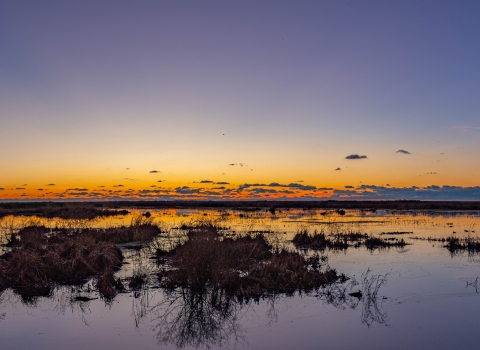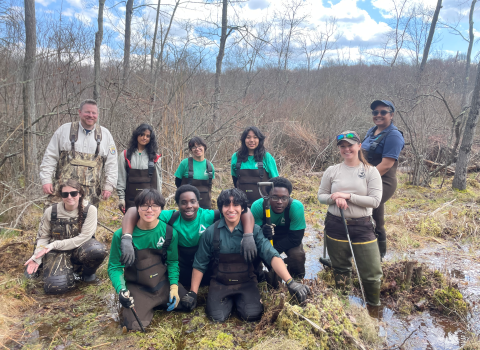In November 2022, over 2,000 representatives from more than 150 nations, nongovernmental organizations, industry, and academia gathered in Panama City, Panama, for two weeks. Their job at the 19th Conference of the Parties (CoP19) to the Convention on International Trade in Endangered Species of Wild Fauna and Flora, or CITES: to improve global trade in wildlife to ensure it doesn’t threaten the survival of wild animals and plants.
This year marks the 50th anniversary of CITES, which was finalized in March 1973. For the golden anniversary, participants at the CITES CoP19 did not disappoint.
They took a strong stance to conserve a wide range of known and lesser-known species and improve CITES implementation on matters ranging from ending illegal trafficking in totoaba and restricting trade in live African elephants to ensuring conservation of turtles and curbing the illegal trade in cheetahs and jaguars.
“With 1 million species facing extinction around the world, international trade often represents the tipping point for wildlife already impacted by habitat loss and degradation, climate change climate change
Climate change includes both global warming driven by human-induced emissions of greenhouse gases and the resulting large-scale shifts in weather patterns. Though there have been previous periods of climatic change, since the mid-20th century humans have had an unprecedented impact on Earth's climate system and caused change on a global scale.
Learn more about climate change , invasive species invasive species
An invasive species is any plant or animal that has spread or been introduced into a new area where they are, or could, cause harm to the environment, economy, or human, animal, or plant health. Their unwelcome presence can destroy ecosystems and cost millions of dollars.
Learn more about invasive species , or disease,” says Department of the Interior Deputy Assistant Secretary for Fish and Wildlife and Parks Matthew J. Strickler, who led the U.S. delegation to CoP19. “No one country can solve these problems alone. Seeing nations come together and take a collaborative, strong stance for wildlife over the past two weeks gives me hope that together we can meet the challenge.”
Strickler’s support team included Service Director Martha Williams and Service Assistant Director for International Affairs Bryan Arroyo. In addition to the Service, which is responsible for implementing CITES in the United States, the delegation included representatives from across government and beyond.
In comments after the CoP, Service Director Williams paid tribute to the conservationists the Service has helped attend the CITES Masters Course at Spain’s Universidad Internacional de Andalucía in recent years. “These emerging conservation leaders are the future of CITES, and many of the delegates who demonstrated outstanding leadership at CoP19 are graduates of this course. We will continue to support global efforts to increase the capacity of Parties to implement CITES and ensure all voices are heard in this critical forum.”
Read more about CITES and CoP19.
- Director Martha Williams: 50 Years of Trade and Conservation
- How CITES Supports Sustainable Wildlife Trade Across the Globe
- Turtles Face Unique Challenges – CITES Can Help
- CITES is Golden
- What Happens to Species on CITES Appendix II? See: American Alligator
- Hope for Vaquita, the World's Most Endangered Marine Mammal
- Improving Transport Conditions for CITES-listed Species
- Investing in African Conservation Leaders through the CITES Masters Course
- Full Magazine



